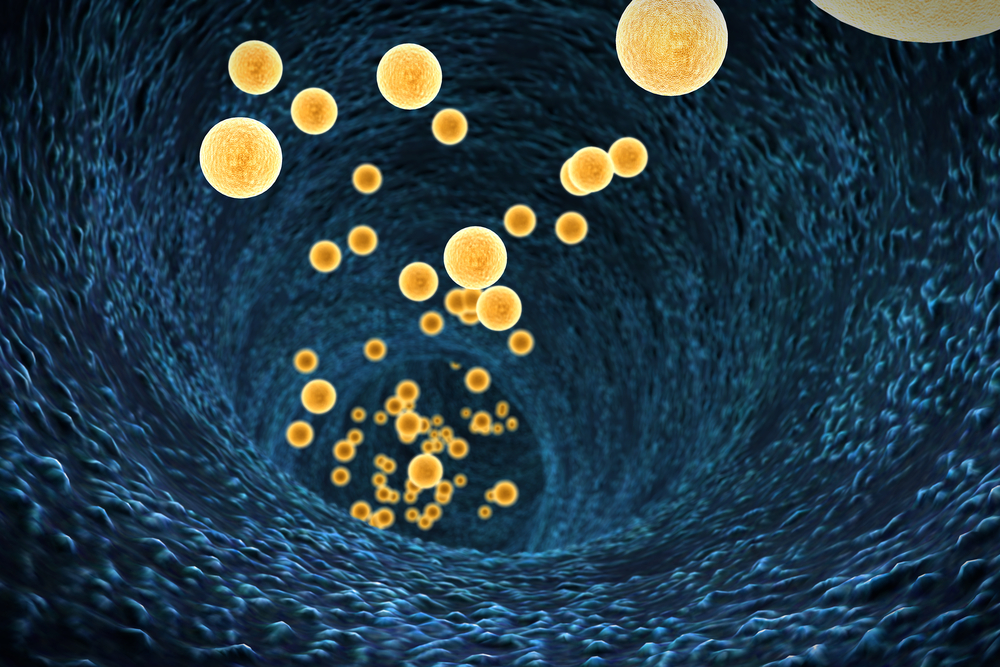Breathing in Bile May Promote Lung Disease and Antibiotic Resistance in CF

When patients with cystic fibrosis (CF) breathe in small amounts of bile, some bacterial species switch to a chronic infection mode, aiding both bacterial colonization of the airways and the development of antibiotic resistance.
The study, “Bile signalling promotes chronic respiratory infections and antibiotic tolerance,” published in the journal Scientific Reports, delves into a little explored research area, suggesting that efforts to prevent gallbladder fluid from reaching the lungs could help slow disease progression in CF.
Gastroesophageal reflux disease in CF patients cause bile to rise, ending up in the airways. Studies have shown that up to 80 percent of patients aspirate bile, and it has just recently started dawning on scientists that this factor could actually be driving the vicious cycle of chronic infection and inflammation that typifies CF.
Since Pseudomonas aeruginosa is the microbe responsible for the vast majority of disease complications among CF patients, researchers at University College Cork at the National University of Ireland decided to study how bile can affect the virulence — or capacity to cause disease — of this bacterial species, as well as its response to antibiotics. For this purpose, the researchers grew two sets of bacteria in the lab, exposing one of them to bile.
An analysis of the bacterial transcriptome (the entire set of gene transcripts, or mRNA copies of active genes), showed that bile triggered a host of changes in bacterial gene activity. Researchers realized that many of the altered genes were involved in activating a chronic infection state, helping bacteria to grow into the blanket structure that scientists refer to as biofilm.
Once the bacteria started growing in this fashion, they also became more resistant to antibiotic treatment with three commonly used drugs: colistin, polymyxin B, and erythromycin.
While these are interesting results, they cannot really inform scientists how to prevent such changes in patients. Bile is by no means a simple compound. Composed of both organic substances and inorganic components, it includes a range of factors that could contribute to the switch in bacterial behavior. So for scientists to develop approaches capable of stopping this transformation, they first need to identify them.
The Cork researchers noted that bile salts could trigger several of the changes involved in a switch to chronic infection mode. But the salts were also joined by certain acids capable of triggering biofilm formation. Bile acids are also known to affect the patient, inducing the production of inflammatory cytokines in the airways — another feature that makes it easier for bacteria to colonize the lungs.
Results so far had been gathered in bacteria grown in lab dishes. The environment of a patient’s lungs is undeniably more complex, so scientists compared three patients who aspired bile with four who did not, and found that the aspiration correlated with bacterial colonization in the patients. Aspiring patients had fewer types of bacteria in their airways, suggesting that bile promoted the growth of certain species and made survival more difficult for others.
“Together, these data suggest that bile acid signalling is a leading trigger for the development of chronic phenotypes underlying the pathophysiology of chronic respiratory disease,” the team concluded.







